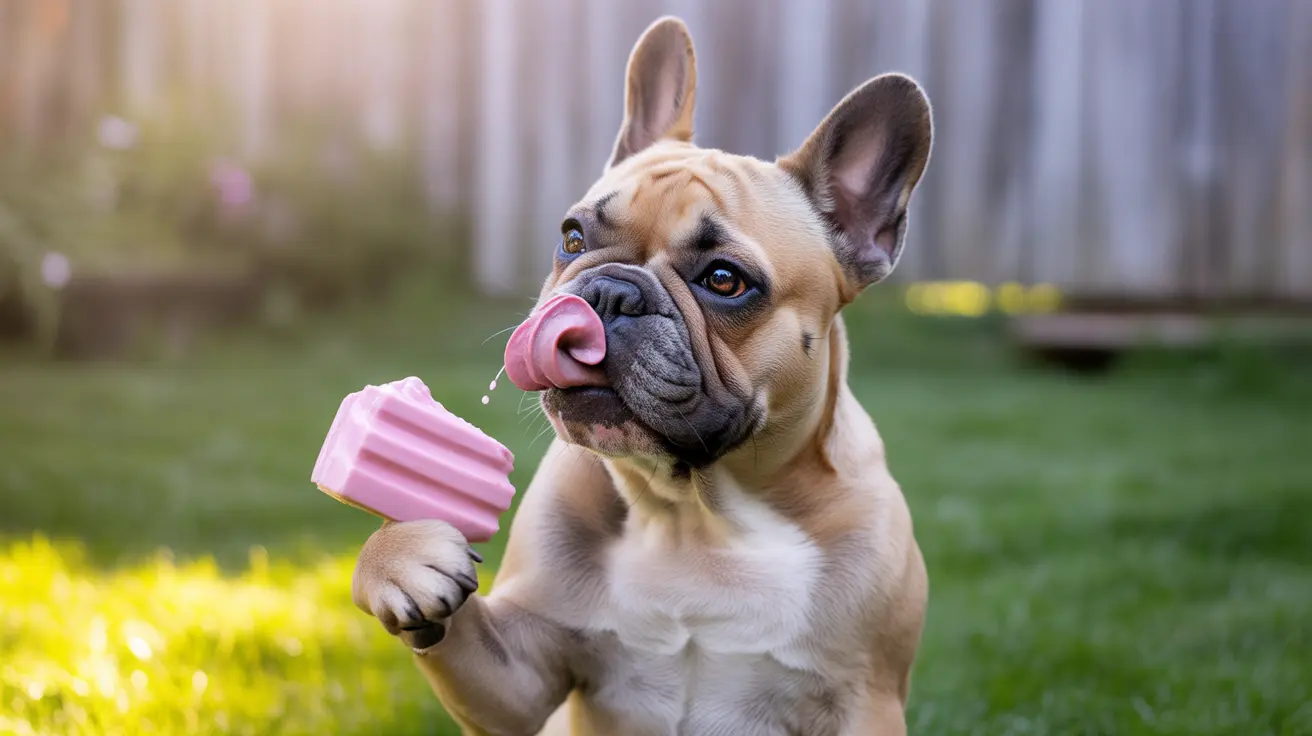How to Calm Male Dog Hormones: Effective Strategies for Pet Owners
Male dogs often exhibit behaviors driven by hormonal changes, especially when they reach sexual maturity. One of the most noticeable behaviors includes humping or mounting, which can be directed at other dogs, people, toys, or objects. Understanding the causes and learning how to manage these behaviors is essential to ensure a healthy and harmonious relationship with your pet.
Why Male Dogs Display Hormonal Behaviors
Mounting or humping behavior in male dogs is frequently misunderstood. While it's easy to assume these actions stem from sexual drive, the reality is more complex. Common reasons include:
- Sexual behavior: Particularly in unneutered dogs.
- Self-soothing: In response to stress, excitement, or uncertainty.
- Playfulness: Sometimes a normal part of social interaction.
- Overstimulation: Resulting from excess energy or lack of outlets.
- Frustration or attention-seeking: Dogs may attempt to gain attention or express unmet needs.
- Medical issues: Conditions like urinary tract infections or skin irritations.
Neutering: A Primary Solution
One of the most effective methods to calm hormonal behaviors is neutering. When done early, neutering often leads to a significant decrease in behaviors motivated by hormones. However, it is important to recognize that if these behaviors have become habituated or stem from other causes, neutering alone may not resolve the issue.
Provide Physical and Mental Stimulation
Many dogs act out when they have excess energy. Meeting your dog's physical and mental needs can go a long way in reducing hormonally-driven or compulsive behaviors. Effective strategies include:
- Daily walks and active play to expend energy.
- Puzzle toys and scent games to engage their mind.
- Basic obedience training to build focus and discipline.
Manage Environmental Triggers
Environmental factors often contribute to mounting behaviors. Routines and settings that reduce overstimulation can help:
- Monitor and manage interactions during guest visits or playtime.
- Structure your dog's day with routines and planned activities.
- Use calming aids or confined spaces to reduce arousal if needed.
Interrupt and Redirect Behavior
If you catch your dog about to hump, use a trained signal or recall word to interrupt the behavior. Once attention is gained, redirect the dog to an acceptable activity. Reinforce the redirected behavior with praise or treats. Examples include:
- Asking the dog to sit or lie down.
- Offering a favorite toy to chew or fetch.
- Inviting the dog to perform tricks or obedience commands.
Avoid Punishment
Punishing a dog for humping behavior can increase anxiety and escalate the problem. Instead, the best approach is:
- Stay calm and consistent.
- Avoid yelling or physical corrections.
- Withdraw attention by walking away or standing up if the dog is humping for attention.
Establish Training Routines
Well-behaved dogs are usually trained, and consistency builds long-term results. Key commands include:
- “Sit,” “Stay,” “Come,” and “Place” to manage your dog in various situations.
- Crate training or mat training to encourage settling.
- Supervised group play to correct behaviors in real-time.
When to Seek Professional Help
In some cases, humping behavior may be excessive, compulsive, or linked to a medical issue. Signs that require professional intervention include:
- Licking or chewing of genital areas.
- Inability to focus or stop humping with redirection.
- Escalating aggression or distress in social settings.
Consult a vet to rule out health concerns or a certified dog trainer or behaviorist for advanced behavior solutions.
Conclusion
Mounting and humping in male dogs are natural behaviors influenced by a range of emotional, physiological, and situational factors. By combining strategies like neutering, consistent training, enriched environments, and professional guidance when needed, you can effectively calm male dog hormones and encourage healthier, more focused behaviors. Understanding and addressing the root causes is the most humane and effective path forward.





